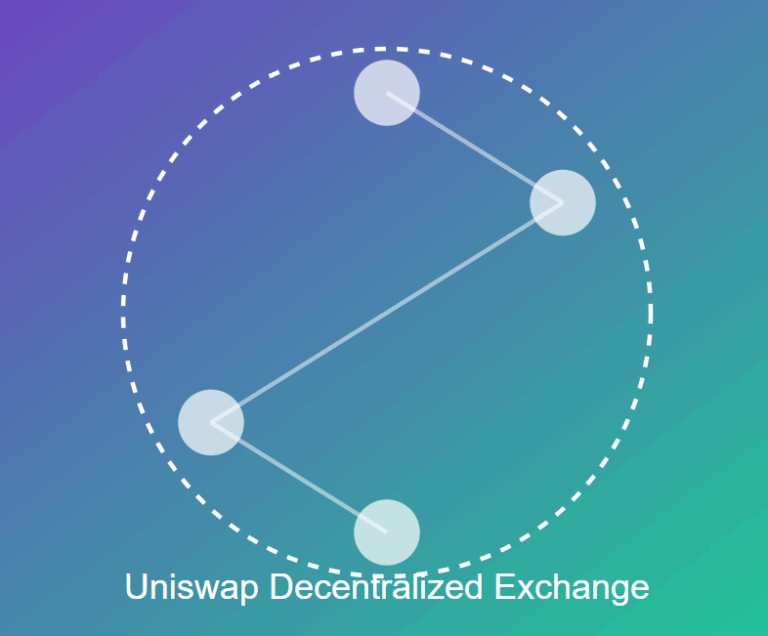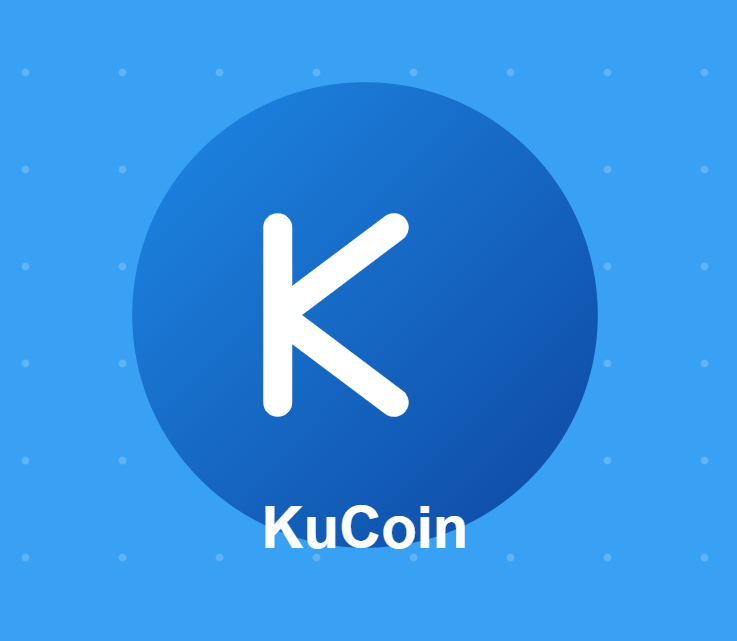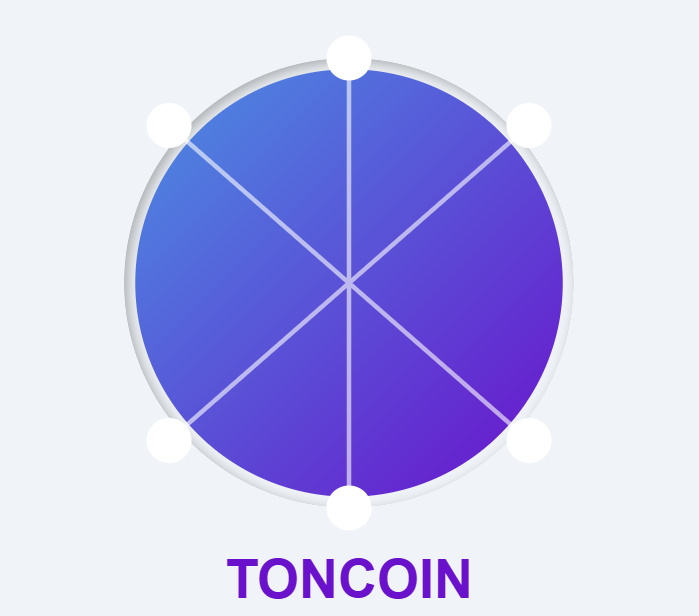
LEO Token One Crypto Wall
UNUS SED LEO (LEO Token): A Deep Dive into Its Utility, Economics, and Vision
Introduction
In the vast and fast-evolving world of cryptocurrency, utility tokens are increasingly playing a vital role in how ecosystems function. Among these tokens, UNUS SED LEO (LEO) stands out—not just for its function within one of the largest crypto exchanges, but also for the unique circumstances that led to its creation. More than just a digital asset, LEO embodies a strategic financial solution, an operational backbone, and a tool for restoring user trust in turbulent times.
This article explores LEO in detail, from its inception to its tokenomics, usage within the ecosystem, and its long-term vision. Whether you’re a cryptocurrency enthusiast, trader, or investor, understanding LEO provides valuable insight into how utility tokens can reinforce business resilience and innovation.
1. The Birth of LEO: Origin Story and Purpose
The story of LEO begins with a crisis—a liquidity crunch faced by its parent company. LEO was introduced as a direct response to this adversity. The crypto exchange behind its creation encountered issues with a payment processor, which resulted in a significant portion of its funds being frozen. Rather than folding under pressure, the leadership responded by launching a utility token designed to raise capital quickly while simultaneously enhancing the platform’s operational efficiency.
The result was a bold move: the release of one billion tokens priced at $1 each in a private offering. In a remarkably short span of time, the company managed to raise a billion dollars, demonstrating the immense trust and support from the crypto community and institutional players alike.
LEO was never positioned merely as a speculative asset. Its primary role is functional, serving to unlock efficiencies and perks within the ecosystem it was built for. The intent was clear: use tokenization as a lifeline, an operational tool, and a value-adding component for users.
2. The Meaning Behind the Name: “UNUS SED LEO”
LEO is short for UNUS SED LEO, a Latin phrase that translates to “One, but a lion.” The phrase signifies strength, independence, and resilience—traits the token was meant to embody. It’s a nod to the company’s determination to stand strong amid challenges, as well as a reflection of the utility token’s central purpose: to empower the platform and its users.
The name is symbolic and evocative, giving LEO an identity that transcends typical utility tokens. It reflects a mentality of defiance against setbacks and the pursuit of bold innovation.
3. Dual Blockchain Architecture: Ethereum and EOS
One of the most distinctive features of LEO is its deployment on two blockchain platforms: Ethereum and EOS. This dual issuance was strategic.
-
660 million LEO tokens were created on Ethereum (as ERC-20 tokens).
-
340 million LEO tokens were created on EOS (as EOSIO-based tokens).
This setup allows for greater flexibility, easier integration, and resilience. By operating on two separate blockchains, the LEO token is not entirely dependent on the success or scalability of one single platform. It also gives users and developers more options in terms of which infrastructure they prefer to interact with.
Such interoperability represents a forward-thinking approach to token design—one that anticipates the multi-chain future of blockchain ecosystems.
4. LEO Tokenomics: A Deflationary Design
One of the core pillars supporting LEO’s long-term value proposition is its deflationary tokenomics model. The total supply was fixed at 1 billion tokens at launch, and the plan is to gradually reduce this supply through a continuous token burn process.
a. The Token Burn Mechanism
The company behind LEO has committed to buying back and permanently burning tokens on a monthly basis. This is not an occasional buyback; it is a systematic and transparent process, intended to reduce supply and increase scarcity over time.
Each month, a minimum of 27% of the company’s consolidated gross revenues is used to repurchase and destroy LEO tokens. This aligns the token’s value with the company’s performance—if revenues increase, more tokens are burned, potentially benefiting all holders.
b. Additional Buyback Sources
In addition to the monthly burns, other special circumstances also contribute to the burn mechanism. For instance:
-
Recovered funds from frozen or seized assets may be allocated to repurchase LEO.
-
Funds recovered from past security breaches are also earmarked for burns.
This approach ties LEO’s tokenomics directly to real business activity and recovery efforts, embedding it deeper into the financial framework of the entire organization.
5. Utility in the Ecosystem: Real Benefits for Users
LEO is not a passive token. It provides tangible benefits across a broad range of platform activities, including trading, lending, and withdrawals. The more LEO you hold, the greater the benefits.
a. Trading Fee Discounts
LEO holders are eligible for tiered fee discounts on trading activities:
-
A 15% discount on taker fees for all crypto-to-crypto and crypto-to-stablecoin trades.
-
Users who maintain a balance exceeding a certain threshold receive an additional 10% discount, totaling up to 25% off taker fees.
These discounts are automatically applied and scale based on user activity and LEO holdings.
b. Lending Fee Reductions
For those participating in peer-to-peer lending markets, LEO holders receive reductions in lending fees—up to 5% depending on the amount of LEO held.
This incentivizes users to remain active on the lending platform, contributing to greater liquidity and healthier market dynamics.
c. Withdrawal and Deposit Benefits
Heavy users of the platform, especially those moving large volumes of crypto or fiat, also receive discounted withdrawal and deposit fees. For crypto withdrawals, discounts can reach up to 25%, depending on LEO balance and activity level.
For fiat currency withdrawals, the platform offers priority service and reduced fees for users holding substantial amounts of LEO.
d. Access to Exclusive Services
LEO holders may also gain priority access to token listings, new trading products, or exclusive features not available to non-holders. As the ecosystem grows, so does the scope of services that LEO can unlock.
6. The Transparency Dashboard
Transparency is a critical aspect of LEO’s design. The platform has implemented a real-time transparency dashboard, which allows users to monitor:
-
The volume of tokens burned.
-
Platform revenues contributing to buybacks.
-
Remaining supply of LEO.
This tool enhances user confidence, showing that the burn commitments are not just promises but ongoing actions. It also provides a model for how transparency in tokenomics can build long-term trust and engagement.
7. Price Behavior and Market Perception
Since its inception, LEO has maintained a relatively low volatility profile compared to other top utility tokens. This is largely because its value is linked to platform utility and actual performance, rather than speculative hype or external catalysts.
LEO has steadily climbed in price, supported by its buyback model and active use case. Many investors see it as a stable utility asset rather than a speculative play. For active users of the ecosystem, holding LEO simply makes financial sense due to the cumulative fee savings.
Its market capitalization reflects this confidence, placing LEO consistently among the top-ranked tokens in the industry.
8. LEO in Comparison with Other Utility Tokens
When comparing LEO to other prominent utility tokens like Binance Coin (BNB), KuCoin Token (KCS), or CRO from Crypto.com, several similarities and differences emerge:
-
Like others, LEO offers trading fee discounts and platform benefits.
-
Unlike many, it originated from a crisis response, which gives it a unique historical context.
-
Its dual blockchain deployment makes it more flexible than most of its competitors.
-
The LEO burn model is rigidly enforced and tied to real revenue, rather than arbitrary burn schedules.
In many ways, LEO has set a precedent for how utility tokens can serve both immediate business needs and long-term platform incentives.
9. Integration with the iFinex Ecosystem
The iFinex ecosystem extends beyond just one trading platform. LEO is being gradually integrated into various products and services under the iFinex umbrella, including:
-
Digital asset exchanges
-
Derivatives markets
-
Lending platforms
-
Data services
-
Blockchain analytics tools
As the ecosystem expands, so does the number of ways that LEO can be utilized. Its role is becoming increasingly central as a unifying asset across different services.
10. LEO’s Long-Term Vision
The long-term vision for LEO is not just to serve as a utility token for one platform, but to become a critical layer of infrastructure across the entire iFinex portfolio.
As token burns continue, and as new utilities are added, LEO’s scarcity will grow, and so will its importance. With ongoing innovation in decentralized finance, tokenization of real-world assets, and cross-chain compatibility, the token is well positioned to evolve with the broader crypto industry.
Potential future developments may include:
-
Deeper integration with DeFi protocols
-
LEO staking programs
-
Governance roles in ecosystem-wide decisions
-
Collateral usage for lending and margin
11. Community and Institutional Confidence
LEO has managed to garner trust from both retail users and institutional investors, thanks to its transparency, consistent delivery of promises, and real utility. While it lacks the marketing hype associated with some other tokens, its quiet performance speaks volumes.
It remains especially popular among professional traders and high-frequency users of the ecosystem, for whom the cumulative savings and operational advantages are significant.
Conclusion
UNUS SED LEO is more than a utility token—it’s a financial strategy, a community-building tool, and a technological enabler. Born from crisis, LEO transformed into a resilient and innovative solution that not only solved an immediate problem but also created long-term value.
Its dual blockchain design, ongoing burn mechanisms, extensive benefits to users, and transparency initiatives make it a standout in the utility token space. As the iFinex ecosystem continues to grow, the relevance and utility of LEO are likely to increase, solidifying its place as a cornerstone asset in the digital financial landscape.
In a world where many crypto assets are speculative at best, LEO offers a refreshing example of a token with real purpose, proven utility, and a clear future.



